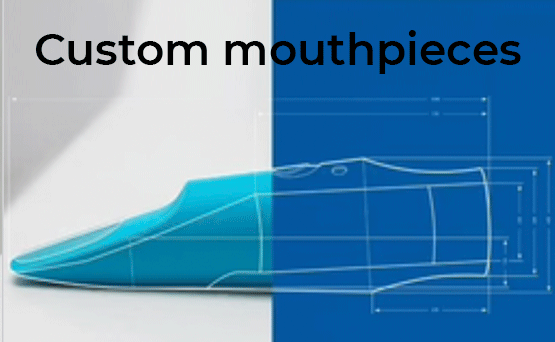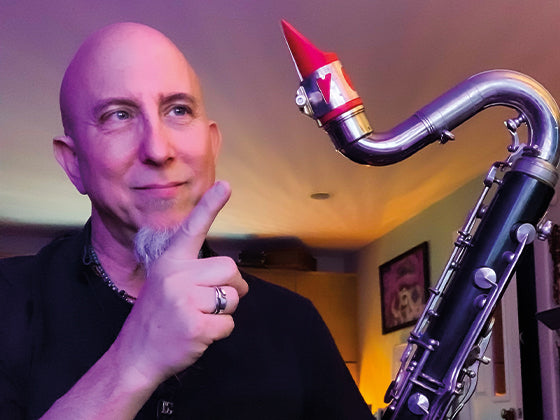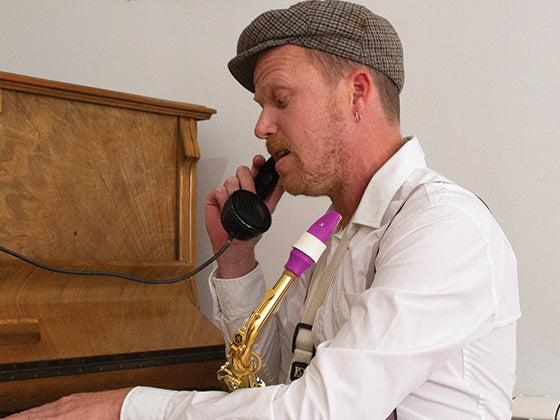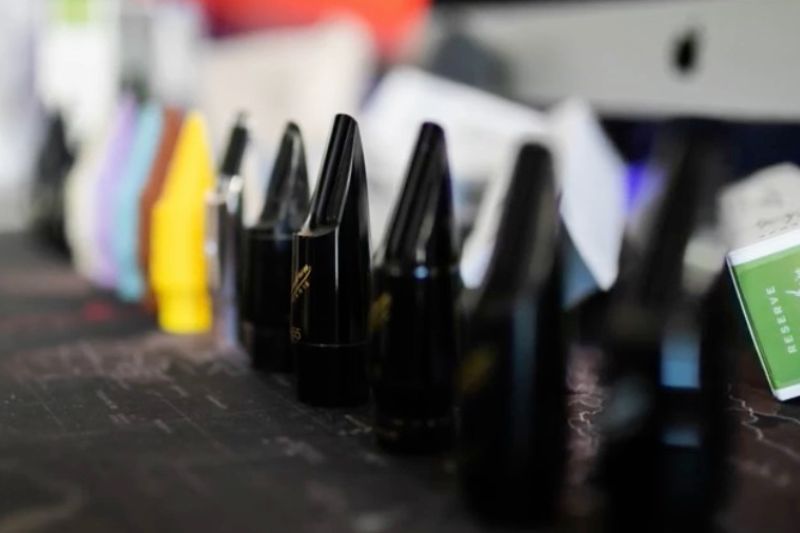I/ Buying a low-cost saxophone
When you want to start playing saxophone, the first mistake you can make is buying a low-cost saxophone. If you’re looking at famous saxophone brands (Yamaha, Selmer, Conn..) you can be afraid by the high prices for an instrument you’re not sure you’ll like. Your eyes may then quickly turn to lower-end Chinese-made saxophones because of their attractive price. Be careful ! Even if they seem decent for their price below all other recognized brands, it may finally be harder to start on this kind of saxophone. Tuning problems, leaks, durability... The biggest issue is that some repairmen refuse to repair them. And if you tell yourself that you can resell it later, with wear and tear these saxophones can be difficult to resell.
Advice: There are various options for starting on a proper saxophone. Many music stores rent saxophones at affordable prices and they are often very good student saxophones! If you have a budget of about 300 dollars, there are new or used saxophones in this price range that are good saxophones to start with: you can look for Yamaha S24 or Thomann TAS-180 for altos for example.
II/ Wrong reed and mouthpiece position
You are starting a new instrument, so it is normal that you don't know how to assemble the different parts of the saxophone. But a bad assembly or positioning of the different parts can harm your playability and your first experiences which is a pity!
Advice: Here is a tutorial and a diagram explaining how to properly position your mouthpiece, ligature and reed so that you can start playing in the best conditions!
Tips: To be sure, you can put your finger at the end of the mouthpiece where you put your mouth and gently put your reed behind. When it touches your finger it should be well placed. Be careful! The reed is fragile and must be handled with care.
III/ Poor body posture
Maintaining good posture is crucial for any musician, including saxophonists. Poor posture can lead to back pain, muscle strain, and rapid fatigue when practicing or performing.
By maintaining good posture, you can not only improve your comfort and stamina while practicing, but also improve your sound quality and playing technique.
A bad posture could break your air column which is an important element to take into account in the saxophone. The air column allows you to produce a sound easily without getting tired. The notion of air column is linked to the Pichaureau breathing method: you must make sure that your breathing and your instrument are perfectly in line with each other. It represents the perfect harmony between the breath, the muscles and organs used and the saxophone. The air column is the volume of air, first stored in the lungs, secondly pressurized by the diaphragm and the abdomen, thirdly transformed in the mouth by the lips, the tongue and the facial muscles and then propelled into the instrument.
Hold your saxophone correctly: Hold the saxophone in front of you and adjust the neck strap so that the instrument rests comfortably on your body. Avoid holding the instrument too high or too low.
Avoid twisting your body: Make sure your shoulders are relaxed and your arms are in line with your body.
Avoid twisting your body to reach higher or lower notes.
Keep your head up: Avoid tilting your head to look at your fingers. Instead, use your eyes to look at the score.
Regular breathing and stretching exercises can also help improve your posture and prevent muscle tension.
IV/ Bad breathing habits
A classic mistake when starting to play the saxophone is to develop bad blowing habits at the beginning that will be difficult to break later on and that will alter your progress. Having a bad blowing technique can lead to rapid shortness of breath, fatigue, hard to reach notes or squeaks.
If you encounter these problems, there may be different solutions to remedy them. Review the strength of your reeds. As a beginner, choose a reed with a strength of 2 and then increase it to 2.5 and 3 when you are comfortable. Using a reed that is too strong at the beginning may simply prevent you from producing a sound.
Work on your abdominal breathing. The air you exhale to blow out should come from your belly, not your lungs. It's important to work on this for the air column we talked about before. Here are some exercises to work on your breathing.
BREATHING EXERCISES FOR SAXOPHONE
Warm up! Take the time to get your breathing used to the effort you're about to make and don't rush into anything too complicated. You may injure yourself or not be able to keep up.
Don't puff up your cheeks! An important element in wind instruments is the "face mask" which consists of working the muscles in your face so that you don't puff up your cheeks and keep control of the air you exhale.
V/ Playing too loud
Beginners often tend to play too loudly, which may sound impressive, but it can cause long-term hearing damage and can also be annoying to other musicians and the audience.
To avoid this, practice by playing slowly and gradually increasing the volume. This will help you understand the minimum amount of air you need to send to produce low volume notes and the different nuances you can do.
VI/ Playing with a bad mouthpiece.
As for the instrument itself, it is important not to neglect the quality of the mouthpiece. Playing on a mouthpiece that is poorly made, worn out or conversely of too high a standard could cause you learning difficulties. The mouthpiece being the part of the saxophone where the sound is created, it is important to choose one adapted to your needs.
Again, there are different mouthpieces recommended for beginners because of their ease of play. We recommend you to choose a mouthpiece with a small opening. The opening is the distance between the reed and the tip of the mouthpiece. The more the mouthpiece is open, the more air you will need to push in order to get a sound and the harder it will be to control it. That’s why it’s better to start with a small tip opening. There are a lot of different types of baffle in the mouthpieces. High baffles will give a lot of power but they are also difficult to control and tend to squeak. That’s why it’s preferable to choose a mouthpiece with a straight or low baffle, when you start playing saxophone.

Some mouthpiece examples for beginners recommended by a large number of saxophonists:
Syos Originals Smoky 5
Yamaha 4C
Selmer S80 C*

VII/ Giving up too quickly
As with any musical instrument, practice is the key to success. Beginners to the saxophone may find it difficult to find the time or motivation to practice regularly. To avoid this, set a regular practice schedule and try to practice every day, even if it's only for a few minutes.
Set goals for yourself: Before you begin your practice, set clear and achievable goals for the session. For example, you can focus on improving a specific technique, memorizing a section of a piece, or practicing scales and arpeggios. By setting specific goals, you can measure your progress and stay motivated.
Enjoy yourself, the key to regular practice is motivation. Have fun playing and learning pieces that you enjoy!
Read our article: HOW TO STAY MOTIVATED TO PLAY SAXOPHONE OR CLARINET?













